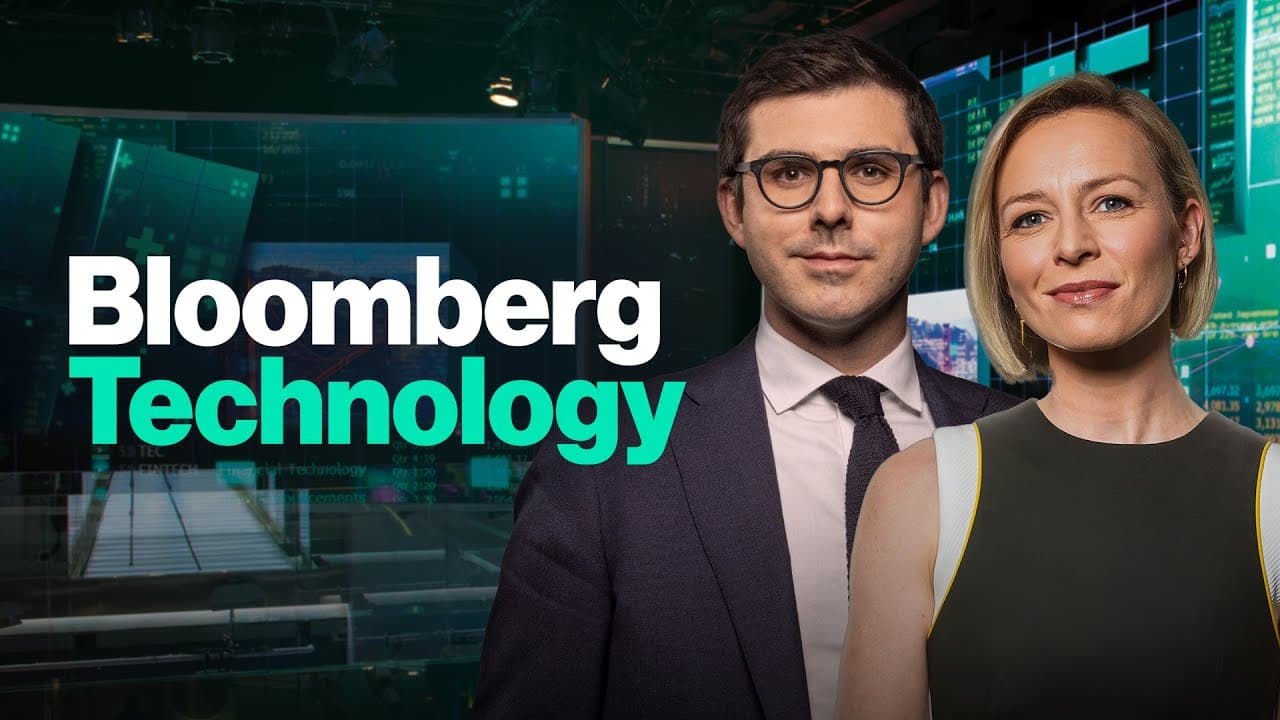The Geopolitical Risks Facing Nvidia: A Comprehensive Overview

Table of Contents
US-China Tech War and its Impact on Nvidia
The ongoing technological rivalry between the US and China is arguably the most significant geopolitical risk facing Nvidia. Nvidia's high-performance computing (HPC) chips, particularly its A100 and H100 series, are indispensable for developing cutting-edge AI applications. This makes the company a key player in the tech war, and consequently, a target of US export controls and sanctions aimed at limiting China's access to advanced semiconductor technology.
The implications are substantial:
- Impact on A100 and H100 chip sales: Restrictions on the export of these crucial chips to China have already significantly impacted Nvidia's revenue. The company has had to adapt, developing alternative chips like the A800 for the Chinese market, but these are less powerful.
- Development of alternative chips for the Chinese market: China is investing heavily in developing its own domestic semiconductor industry, aiming to reduce its reliance on foreign technology. This poses a long-term threat to Nvidia's market share.
- Potential for supply chain disruptions: The US-China tech war creates uncertainty and potential disruptions to Nvidia's supply chain, impacting production and delivery times.
- Long-term effects on Nvidia's market share in China: The combined impact of export controls, domestic competition, and supply chain vulnerabilities could significantly erode Nvidia's market position in China over time. This necessitates a nuanced understanding of the geopolitical landscape.
Supply Chain Vulnerabilities and Diversification
Nvidia, like many global tech companies, relies heavily on a complex and geographically dispersed supply chain. This creates significant vulnerabilities to geopolitical instability. A significant portion of Nvidia's manufacturing relies on Taiwanese Semiconductor Manufacturing Company (TSMC), a leading foundry located in Taiwan, a region facing increasing geopolitical tensions with China.
The risks are manifold:
- Risks of relying on Taiwanese foundries (TSMC): Any escalation of tensions in the Taiwan Strait could severely disrupt Nvidia's production capabilities.
- Geopolitical tensions in the South China Sea: Disruptions to shipping lanes in this strategically important region could also impact Nvidia's supply chain.
- Potential for disruptions due to natural disasters or pandemics: The concentration of manufacturing in specific regions makes Nvidia vulnerable to unforeseen events such as earthquakes, typhoons, or future pandemics.
- Nvidia’s efforts to diversify its manufacturing base: Recognizing these risks, Nvidia is actively working to diversify its manufacturing and reduce its dependence on any single region. However, this is a long-term process with inherent challenges.
Data Privacy and Security Concerns in a Globalized World
Nvidia's technology finds applications across diverse sectors, including healthcare, finance, and autonomous vehicles. This broad adoption exposes the company to increasing data privacy and security regulations worldwide. Differing data privacy laws across jurisdictions (GDPR in Europe, CCPA in California, etc.) create significant compliance complexities and costs for Nvidia.
These challenges include:
- GDPR and other data protection regulations: Meeting the stringent requirements of these regulations adds to Nvidia's operational costs and requires robust data security measures.
- Potential for data breaches and cyberattacks: The vast amounts of sensitive data processed using Nvidia's technology make it a prime target for cyberattacks, potentially leading to significant financial and reputational damage.
- Compliance costs and challenges: Navigating the complex web of international data privacy laws is a significant undertaking, requiring specialized expertise and substantial investment.
- Reputation risks associated with data security failures: A major data breach could severely damage Nvidia's reputation and erode customer trust.
Intellectual Property Protection and Trade Disputes
Nvidia's success hinges on its innovative technologies and intellectual property (IP). Protecting this IP from theft and infringement is paramount. Furthermore, trade disputes and tariffs could significantly impact Nvidia's business.
The challenges are:
- Patent litigation and enforcement: Protecting Nvidia's patents requires active litigation and enforcement against potential infringers, a costly and time-consuming process.
- Trade wars and tariffs: Escalating trade tensions could lead to increased tariffs on Nvidia's products, impacting their competitiveness and profitability.
- Counterfeit products and their impact on Nvidia's brand: The proliferation of counterfeit Nvidia products undermines the company's brand and revenue streams.
Conclusion: Navigating the Geopolitical Risks Facing Nvidia
The Geopolitical Risks Facing Nvidia are multifaceted and pose significant challenges to the company's long-term growth and profitability. From the US-China tech war and supply chain vulnerabilities to data privacy concerns and IP protection, Nvidia must proactively address these risks. Understanding these challenges is crucial for investors, stakeholders, and anyone interested in the future of AI. Stay ahead of the curve by continuously monitoring the Geopolitical Risks Facing Nvidia and their potential impact on the future of AI.

Featured Posts
-
 Exploring Black History Through Yates Insights From Dr Jessica Johnson
Apr 30, 2025
Exploring Black History Through Yates Insights From Dr Jessica Johnson
Apr 30, 2025 -
 Ket Qua Giai Bong Da Thanh Nien Thanh Pho Hue Lan Thu Vii Doi Vo Dich
Apr 30, 2025
Ket Qua Giai Bong Da Thanh Nien Thanh Pho Hue Lan Thu Vii Doi Vo Dich
Apr 30, 2025 -
 New Levis Campaign With Beyonce Short Shorts And Social Media Buzz
Apr 30, 2025
New Levis Campaign With Beyonce Short Shorts And Social Media Buzz
Apr 30, 2025 -
 Russias Spring Offensive Warmer Weather A Potential Game Changer
Apr 30, 2025
Russias Spring Offensive Warmer Weather A Potential Game Changer
Apr 30, 2025 -
 Diddy Zaak Aanklacht Tegen Rapper Ingetrokken Beyonce En Jay Z Vrijgesproken
Apr 30, 2025
Diddy Zaak Aanklacht Tegen Rapper Ingetrokken Beyonce En Jay Z Vrijgesproken
Apr 30, 2025
Latest Posts
-
 Overtime Heartbreak Stars Defeat Ducks Despite Carlssons Two Goals
Apr 30, 2025
Overtime Heartbreak Stars Defeat Ducks Despite Carlssons Two Goals
Apr 30, 2025 -
 Analyzing Neal Pionk Recent News And Game Highlights
Apr 30, 2025
Analyzing Neal Pionk Recent News And Game Highlights
Apr 30, 2025 -
 Kinopoisk Darit Soski S Ovechkinym V Chest Rekorda N Kh L
Apr 30, 2025
Kinopoisk Darit Soski S Ovechkinym V Chest Rekorda N Kh L
Apr 30, 2025 -
 Ducks Carlsson Scores Twice But Stars Win In Overtime
Apr 30, 2025
Ducks Carlsson Scores Twice But Stars Win In Overtime
Apr 30, 2025 -
 Is Neal Pionk Being Traded Latest News And Rumors
Apr 30, 2025
Is Neal Pionk Being Traded Latest News And Rumors
Apr 30, 2025
